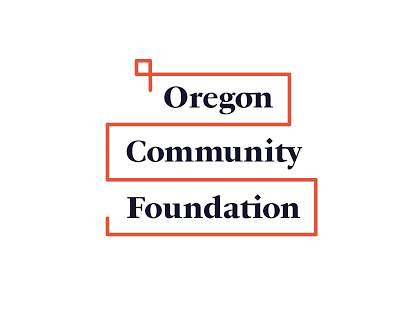Research Center • Oregon
We all know people who are ALICE: Asset Limited, Income Constrained, Employed — earning more than the Federal Poverty Level, but not enough to afford the basics where they live.
ALICE households and households in poverty are forced to make tough choices, such as deciding between quality child care or paying the rent — choices that have long-term consequences not only for their families, but for all.
Learn more about how you can get involved in advocating and creating change for ALICE in Oregon.
See the sponsors who make this work possible.
Oregon
ALICE Demographics 2022
ALICE households include people of all genders, ages, and races/ethnicities, across all family types. However, some groups are more likely to be ALICE than others. Use the Demographics Tool below to explore levels of financial hardship. The figures on this page show the number and percentage of households in each group with:
- Income below the Federal Poverty Level (Poverty)
- Income above the Federal Poverty Level but below what is needed to afford the cost of basic expenses (ALICE)
- Income above the cost of basics (Above ALICE Threshold)
The figures below default to state data. Type one or more counties into the box below to filter the data by location. Click “X” to remove a county from the list.
Note: Groups with fewer than 100 households are suppressed (not shown) to maintain accuracy and confidentiality.
Number of Households, Oregon, 2022
Percentage of Households, Oregon, 2022
Families With Children, Oregon, 2022
Families With Children Over Time, Below ALICE Threshold, 2010-2022
Learn More
Dig deeper into the data on children, people with disabilities, and veterans via our ALICE in Focus Research Series.
Households by Age of Householder, Oregon, 2022
Households by Age of Householder, Below ALICE Threshold, 2010-2022
Learn More
See this demographic data mapped along with key community resources on our Maps page
Households by Race/Ethnicity, Oregon, 2022
Learn More
United For ALICE fights for racial and economic equity — see our Commitment to Equity in Research.
Change over time in race/ethnicity between 2019 and 2022 is not included here due to changes the U.S. Census Bureau made to its questions on Hispanic origin and race, as well as coding adjustments, in 2020. These changes help the Census and ACS provide a more complete picture of the U.S. population, especially for people who self-identify as multiracial or multiethnic. But as a result, the Census urges caution when comparing race data between years before and after 2020.
State Sponsors





















